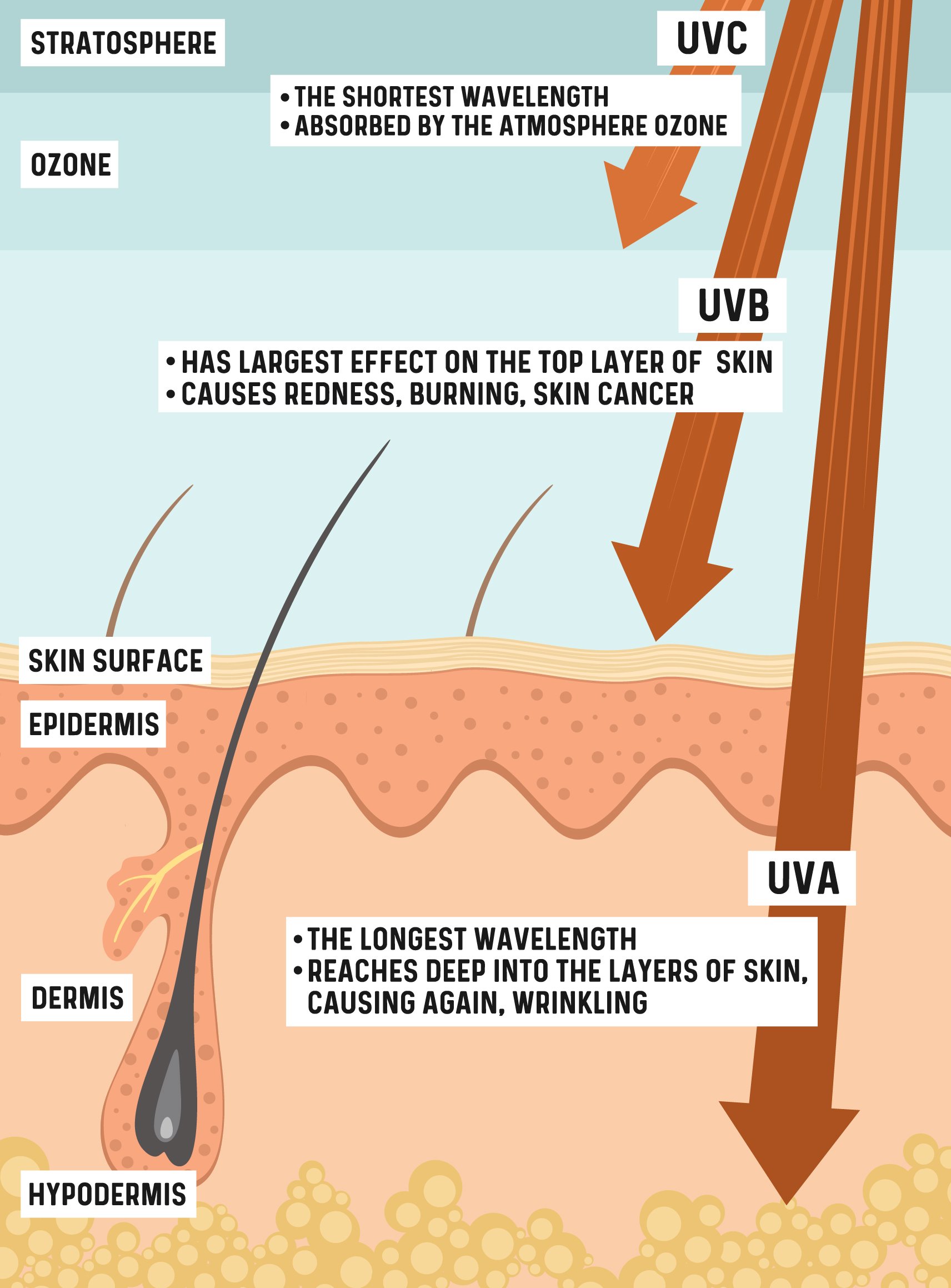OET- Reading Test Tips
From September 2018, the OET reading sub-test will have three parts, testing a range of reading skills by using texts that you might encounter in different workplace situations. Here are some quick tips to help you get to know the test and some suggestions on how to tackle each part.
The OET Reading Sub-test
You will have one hour in total to complete all three parts of the test. This includes the time you need to transfer your answers to the answer sheet for parts B and C. Part A will be taken away after 15 minutes, so keep an eye on the clock.
The reading sub-test is not specific to any profession and you don’t need any specialist knowledge to succeed in it. What’s important is to look for the answers in the right way, because each part requires different skills and strategies.
Reading Part A
Part A has 20 questions based on four short texts. The texts are the kind of thing you might refer to when working with a patient, so there are no research papers, academic articles or case studies. One text will contain numbers, but you don’t need to do any calculations to find the right answers. One text may now also be a visual text, an example of which you can see below.

Start with the first section, which asks you to match statements to one of the four texts. You will need to skim (read quickly to get a general idea of the content of a text) and scan (look through a text to find a key word or phrase) to decide which text contains the relevant information. This process will also help you when you move on to the rest of Part A.
The other questions in Part A are short-answer and gap-fill questions. After the first section, you will be familiar enough with the texts to have a good idea of where to look for the answers. All of the answers to the short-answer and gap-fill questions are taken directly from the texts, which means you don’t have to change any verbs to nouns or nouns to adjectives – just make sure you copy the words accurately onto the answer sheet.
Remember, you only have 15 minutes to answer 20 questions, so you will need to balance speed and accuracy. Also, the questions in Part A get harder as you go along, which means you should try to leave a little longer for the last few.
Reading Part B
Parts B and C together take 45 minutes, and all the questions are multiple-choice. Part B contains six short texts that medical professionals might encounter in their work, such as procedures, instructions and guidelines. There is one question for each text and three possible answers for each question.
The most important thing to remember for Part B is that you don’t need to understand every word of a text to find the answer. Often the question will be about the overall message or purpose of the text – you’re not trying to find specific information. Read the possible answers carefully, then skim the text to see which one fits best. The language of the answers will not be exactly the same as the text, so you will need to focus on meaning rather than specific words.
Time is also important in Part B, so don’t get frustrated and waste time on one question if the answer doesn’t come quickly. Make a note, move on and come back to it later.
Reading Part C
Part C contains two longer texts, each with eight multiple-choice questions. This time each question has four possible answers. The texts are taken from journals and websites aimed at a general healthcare audience, so they don’t require any specific medical or academic knowledge to understand them.
Six of the questions for each text ask you to interpret an opinion or point of view, usually from a specific paragraph. As in Part B, you don’t need to – and don’t have time to – read and understand every word. In particular, in Part C you need to focus on what the writer is trying to say, and what the effect of their words is. Comparison, cause and effect, emphasis and suggestion are some of the things you need to recognise in order to find the answers.
The other two questions in each set of eight give you a word or phrase from the text and ask you what it means. This requires more than just knowing the dictionary definition of a word – you need to look at context to infer the writer’s meaning and use your knowledge of cohesive language to determine the relationships between words.
SLC courses are all OET ready! Why not start by using the OET Reach B courses for Nurses and Doctors.
During August you can also get 10% off of any SLC course using the code SLCPROMO10
{{cta(‘fe15defb-1e03-416e-b42f-75bb7b296ca7’)}}
{{cta(‘e80b7930-8e9d-4878-93a5-94d6d5dcb2cf’)}}


